Ofsted are Coming Tomorrow!
By Sue Brown
The words every teacher dreads….. Ofsted are coming tomorrow! As an art teacher, the dread was even more real now that the Ofsted Framework has changed to include more of a focus on Foundation subjects! Our school had been expecting an imminent visit since the summer, so, to be honest, I was quite relieved when we finally got the call so we could show what a great school we were, and that the wait would be over. Obviously I was less relieved when I heard they would be doing a Deep Dive into Art! So along with History, PSHE, Maths and Reading, we braced ourselves.
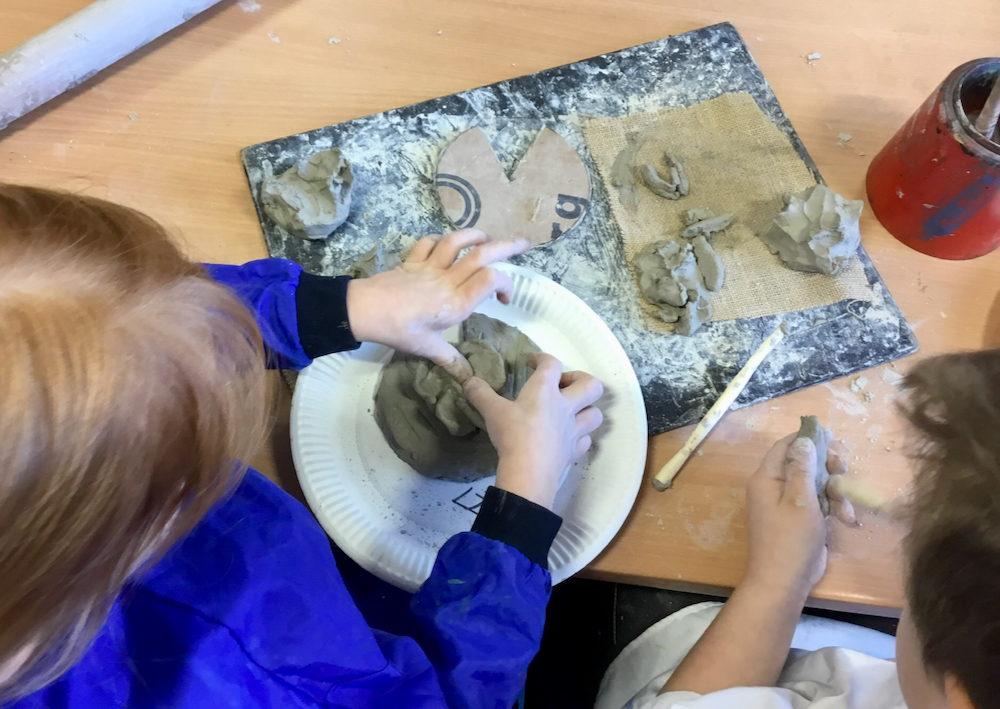
Being part of a large academy primary school our staff work closely together to ensure that our Long Term Plan is full of cross-curricular enrichment, as well as core subjects. Working closely with our music lead, I plan and deliver the Art and Design curriculum to 560 students a week from Y1 to Y6 streamlining with the topic focus. Lessons last for 1 hour and can range from one-off technical skills to 3-4 week projects. We try as much as possible to create lessons that will embed the classroom learning – whether it’s literacy, history, geography, RE, maths, and science. We start by looking at the skills and knowledge from our progression maps, sometimes linking them with the Power of Reading books to gain inspiration for art and music, such as The Firebird in Y3 or Shackleton’s Journey in Y5. The ideas are combined to create an engaging curriculum. Although I am not a DT specialist, I do integrate some DT skills within every year group.
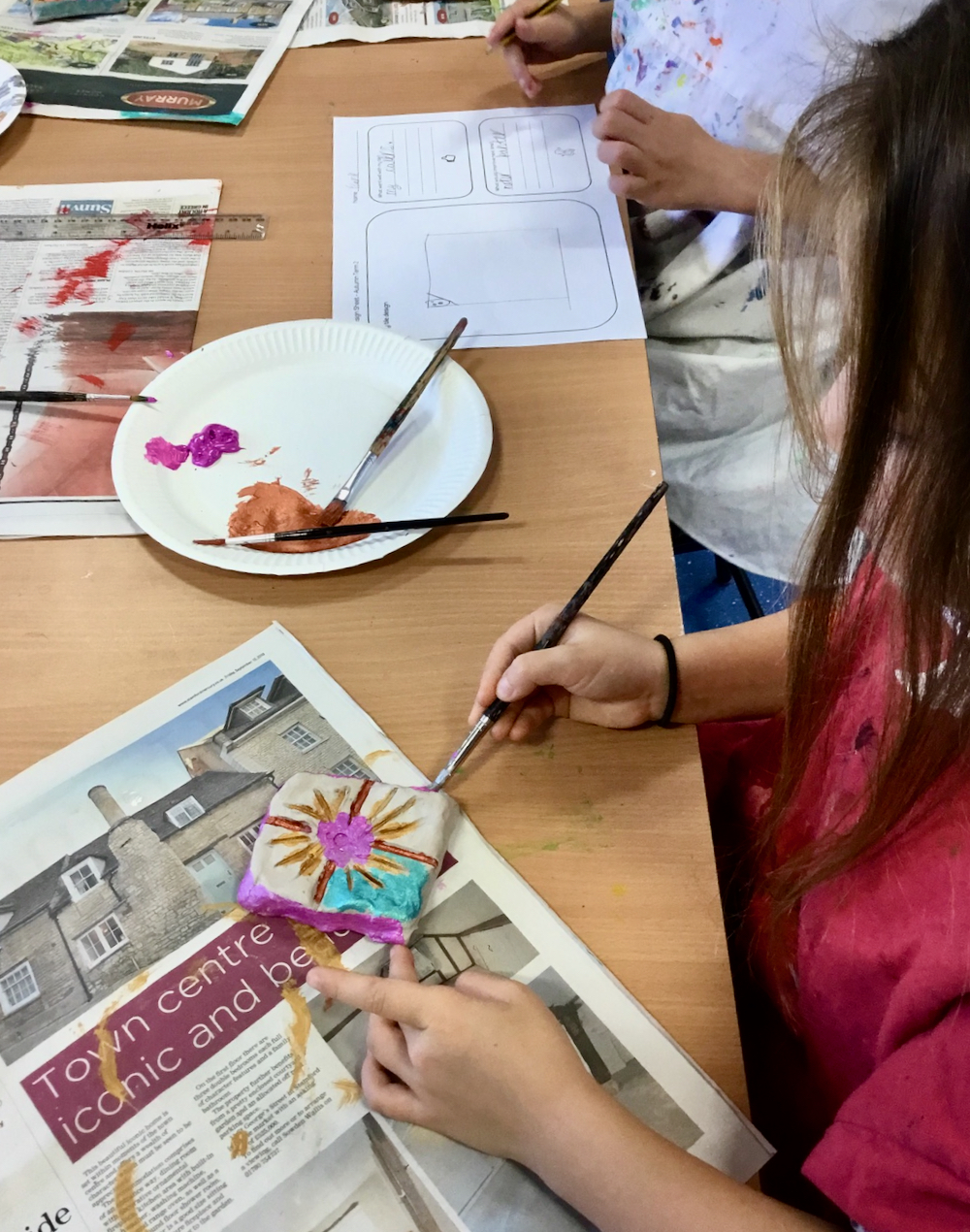
So, having given our timetables to the inspectors, we were allocated interview and observation timings. I was interviewed for about 40 minutes in the morning, was observed in my teaching of Y3 creating clay Diva lamps and interviewed again at lunchtime about the lesson. A group of Y3 children were also interviewed separately and I met with an inspector again after school when she looked at a selection of artwork and sketchbooks from other year groups.
In the first interview there were general questions about the art curriculum and how it fits in with the wider school but mainly questions about how the curriculum develops the children’s skills and knowledge throughout the year and also throughout their wider school life. She wanted to know how lessons were planned to include age-appropriate skills (as per my progression map) and how they were implemented. I referred to my progression map in the interview to show how each year group’s skills were built on each year.
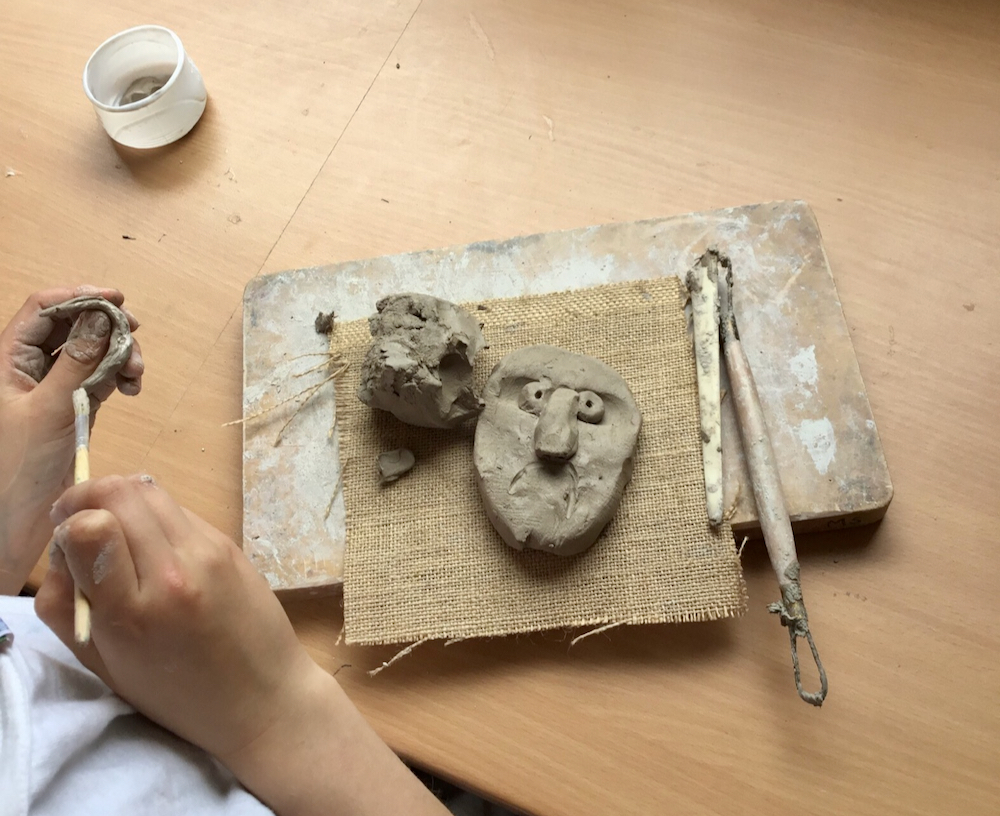
As we were using clay that day, I discussed the progression from simple waterlilies using templates and tree faces using natural materials in Y1 to thumb pot owls and impress patterned tiles in Y2 to moulded and decorated Diva lamps and coiled Wassail Cups in Y3. Older children then use their knowledge of moulding and joining clay in later years to create, for example, Viking heads, pots with lids and model figures.
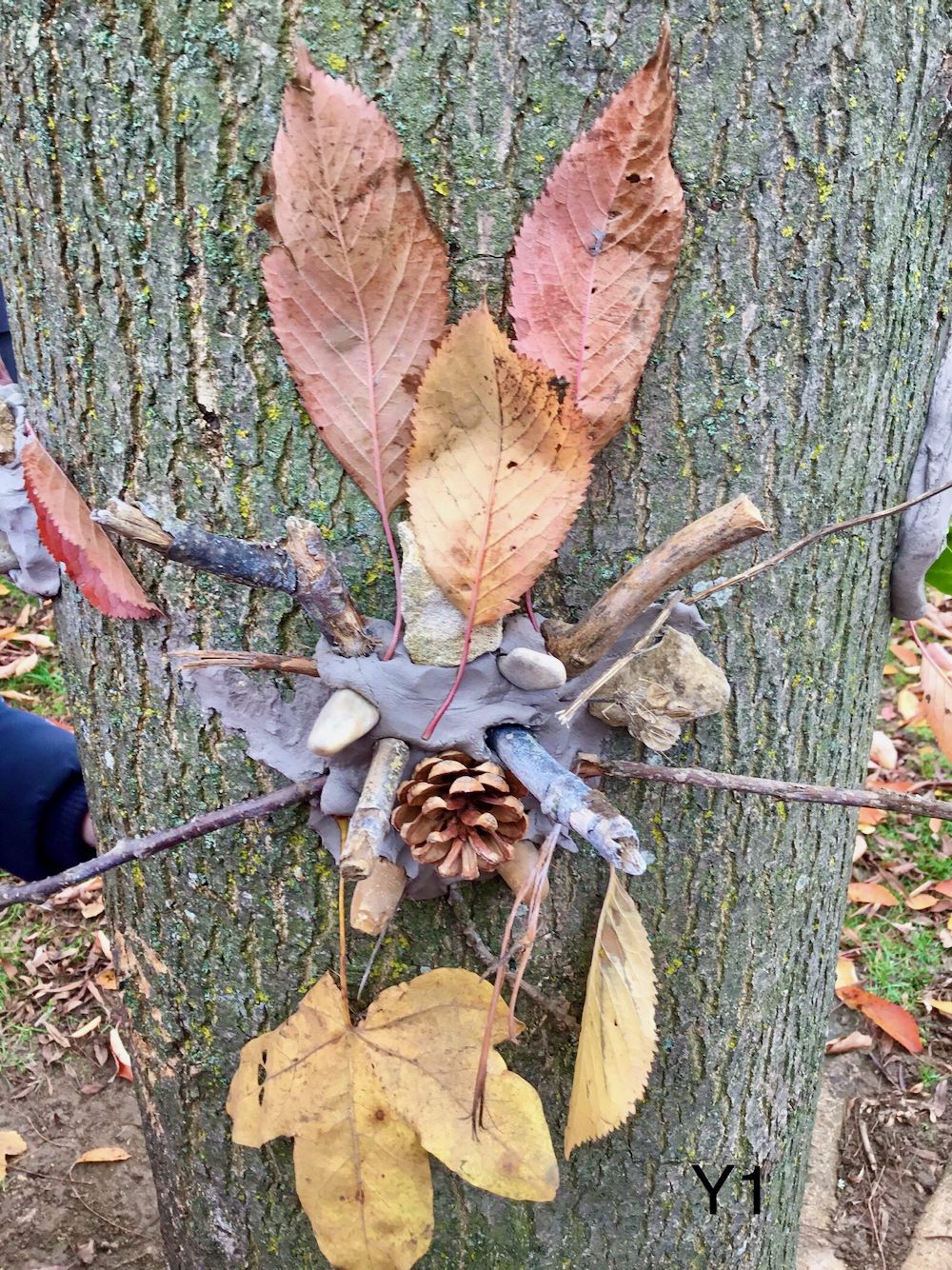
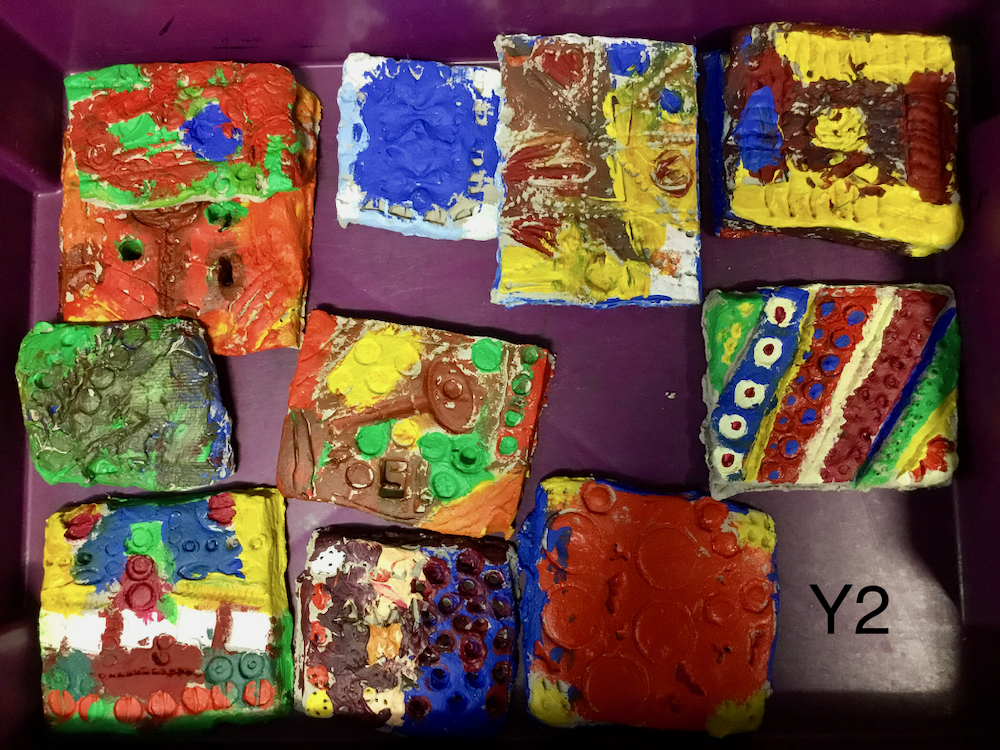
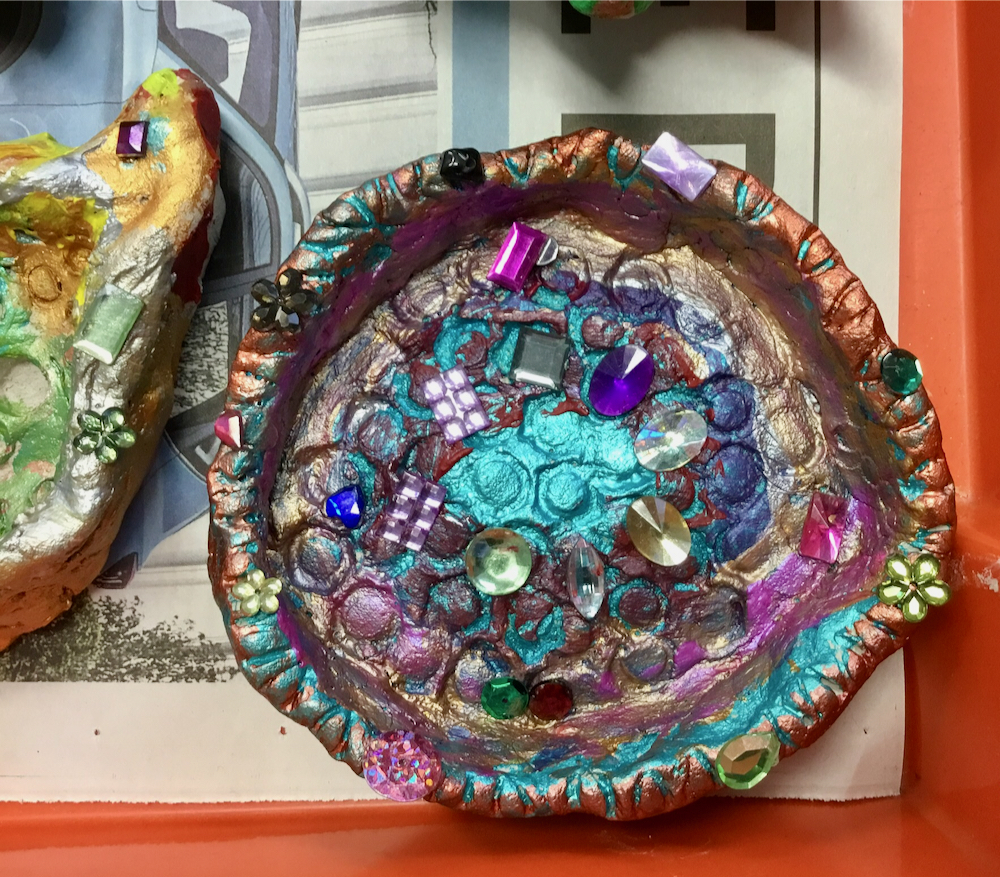
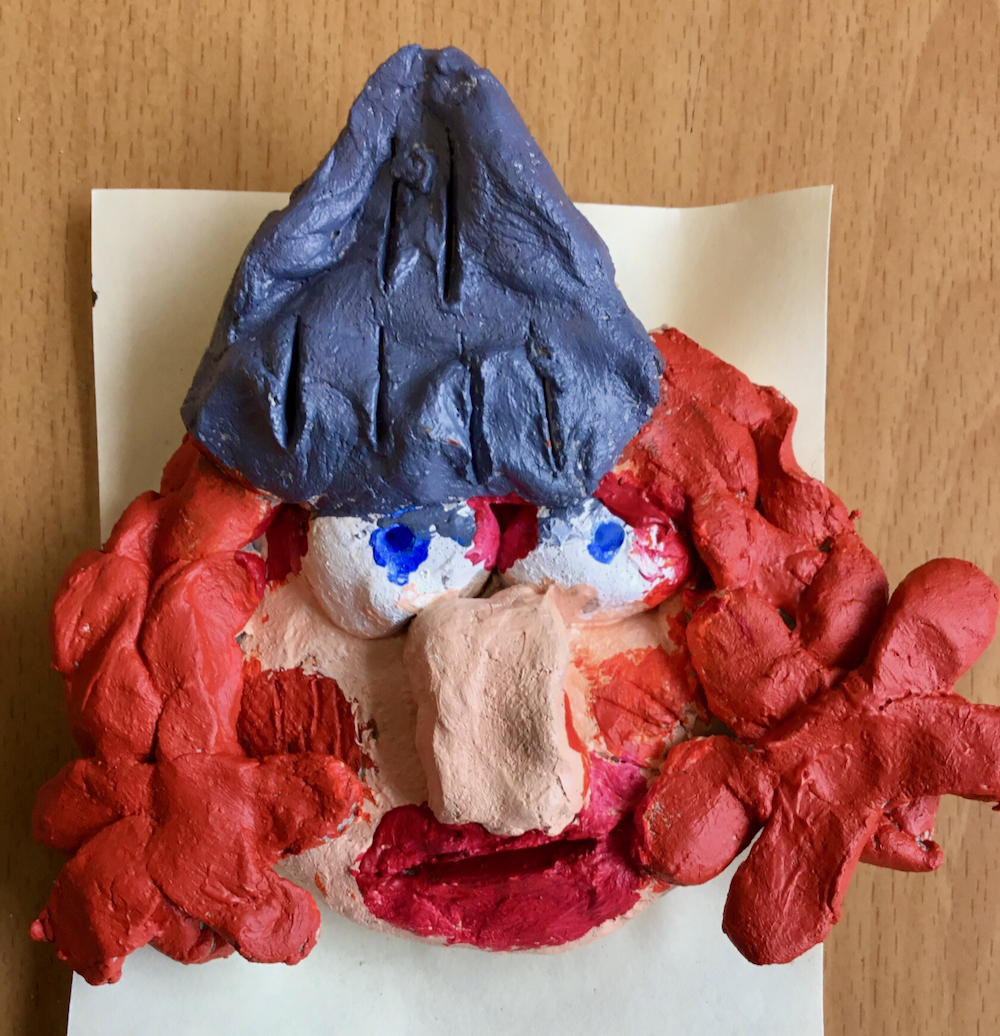
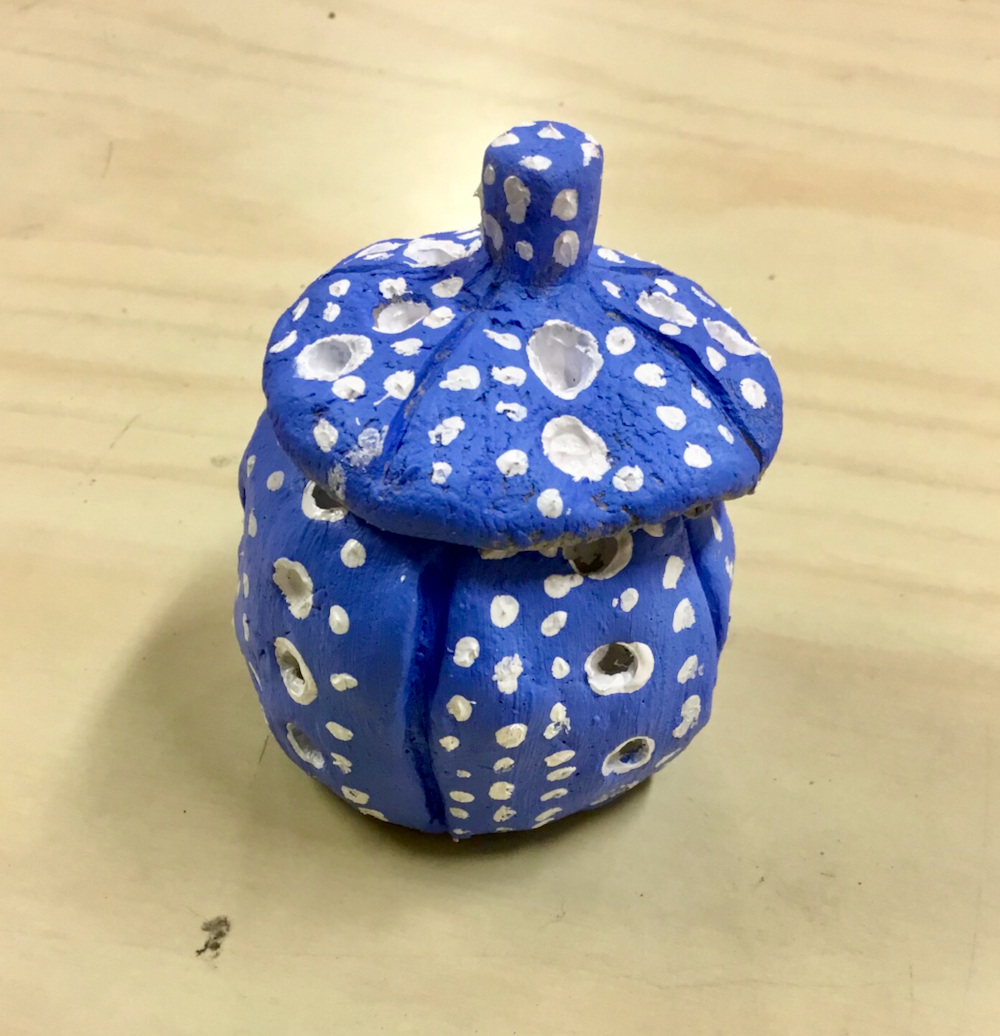
We discussed briefly how I assess the children’s work through metacognitive discussion during the lesson, giving guidance and advice. We also self-assess and peer assess during and at the end of larger projects.
I talked a lot about my role and how I had developed the art curriculum over the past year or so, where I got ideas (AccessArt, NSEAD, Gomersal Primary School and Paul Carney Arts), and how I knew that skills and knowledge were being retained.
During the lesson observation, she talked briefly to the children and then met with me afterwards. She asked why this lesson was at this particular time in the term, how it linked to clay work they had previously done and what skills I thought they would gain to progress forwards to the next project. She asked if I differentiated for the SEND child in the class and if TA’s had any training on the techniques I was teaching.

She took 5 children from the class I had taught along with their sketchbooks and interviewed them separately. She asked them about the observed lessons and about art lessons in general but I had no feedback on what the children said!
I then selected a variety of work that had been stored from our Exhibition last summer and current sketchbooks. I discussed the reasoning behind certain pieces, how ideas were driven by skills knowledge and then enhanced by cross-curricular links. Particularly, I focussed on the teaching of colour theory as certain pieces showed how this is developed over year groups. Everything from cool and warm colours with Y1, using inks for autumn colours with Y3, to how many greens can you make in Y5.
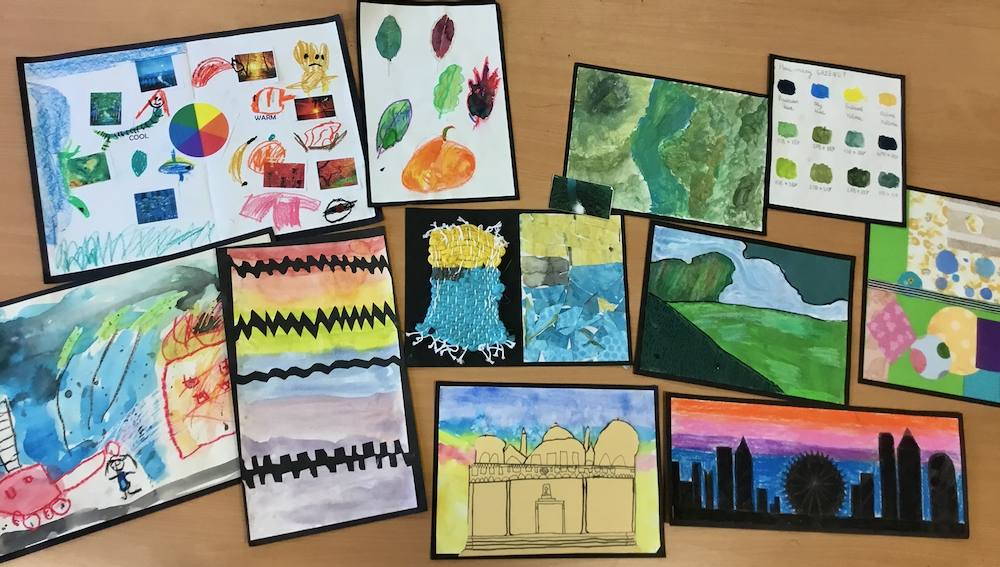
If I was to offer advice as to how you could prepare for an Ofsted Deep Dive, I would recommend that you are well prepared for the comprehensive questioning about specific skills, progression and have to hand what you might need to evidence this. Make sure you have your Long Term Plan and that you can discuss how it is cross-curricular, have your Progression Map (showing skills, knowledge, and sequential learning), your Medium Term Plan (or lesson plans) and examples of work from several year groups. Most of all breathe, be passionate about your subject and good luck!
About Sue Brown
“I have been Head of Art and Design at Malcolm Sargent Primary School for 2 years, after sharing the job with colleagues previously. I actually started working at the school as a volunteer in 2003, when my children were beginning their school life subsequently qualifying as a TA and then achieving HLTA status in 2008. I was nominated by the school for HLTA of the Year and after winning the East Midlands regional competition I went on to be awarded overall national winner in 2016. Although I loved my job as an HLTA within school, it was time for a change and when the possibility came up for me to help teach Art and Design, I jumped at the chance. Since then I have built the department, curriculum, planning and progression to what it is today – a fun, exciting, cross-curricular subject for all the children from Y1 to Y6. I am learning all the time and although my formal art qualification only reached A’ level, I have always been passionate about the subject and how I can make it accessible to my pupils so that they may enjoy art and be inspired by artists, as I have, throughout their lives.” Sue Brown
About Our School
Malcolm Sargent Primary School is a large Primary School based in the historic market town of Stamford, Lincolnshire. We aim to provide the best all round education for children. Collectively, Our approach is called “The Malcolm Sargent Way” and is centred on our three core values:
·Engage & Inspire: Our pupils are inspired and motivated by the learning opportunities which have been created for them.
·Nurture & Growth: Everyone seeks to improve, develop and share; not because we are not good enough, but because we can all be even better!
·Pride & Joy: We take pride in our achievements and this is evident in what we do and how we do it.
The staff team strives to provide an exciting and engaging curriculum, rich in opportunities for children, to further their interests and expertise. Of particular note is our emphasis on music, sport, and art. Unusually, for a primary school, we are proud to be able to employ specialist staff in these areas, similar to a secondary school, and the standards we achieve in these more vocational subjects, together with the core curriculum subjects, is exceptional.
Most of all, however, we recognise that all of our children are unique; each possessing different skills and abilities. Our values help us to nurture each individual child to be happy, to achieve, and to have fun during their seven years with us, helping each of our pupils to achieve their full potential and to grow up as happy and balanced individuals.

Kera-Anne S
October 28, 2023 @ 10:27 pm
an interesting insight – I too am always pulled up for Deep dives and was given very good praise from Ofsted in 2022. However I still feel SLT ignore the comments they made about developing the Arts fully as we are through school and Im the only Art lead ( I an Secondary trained)